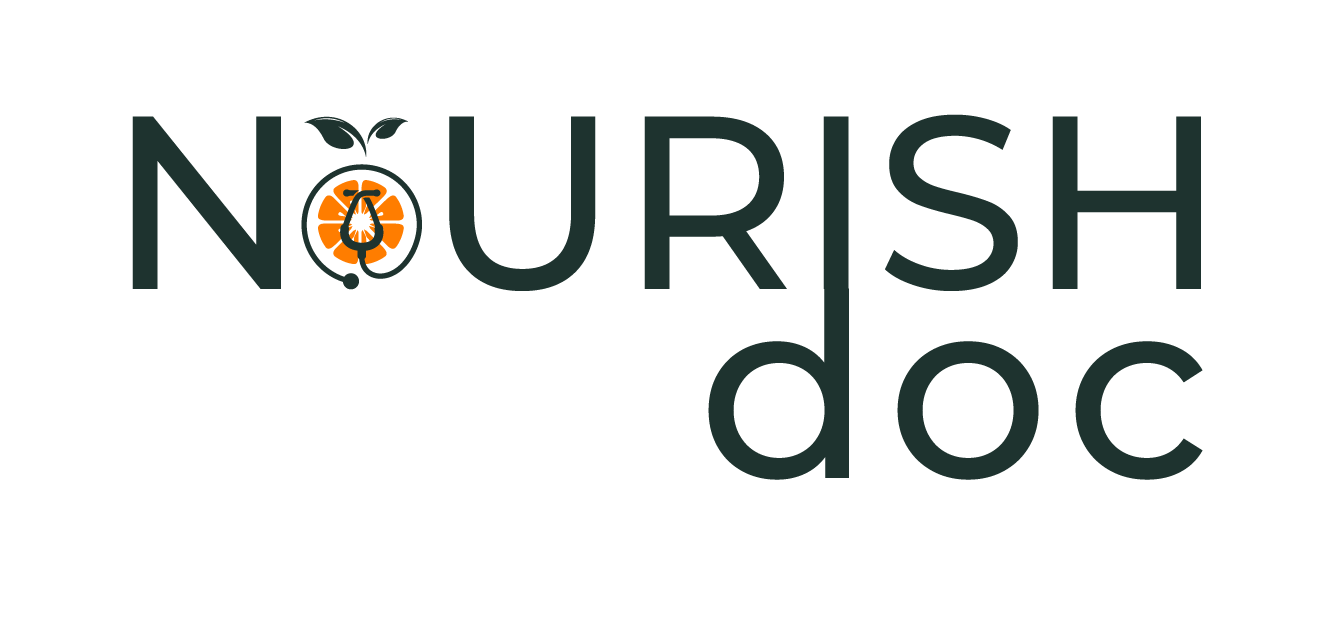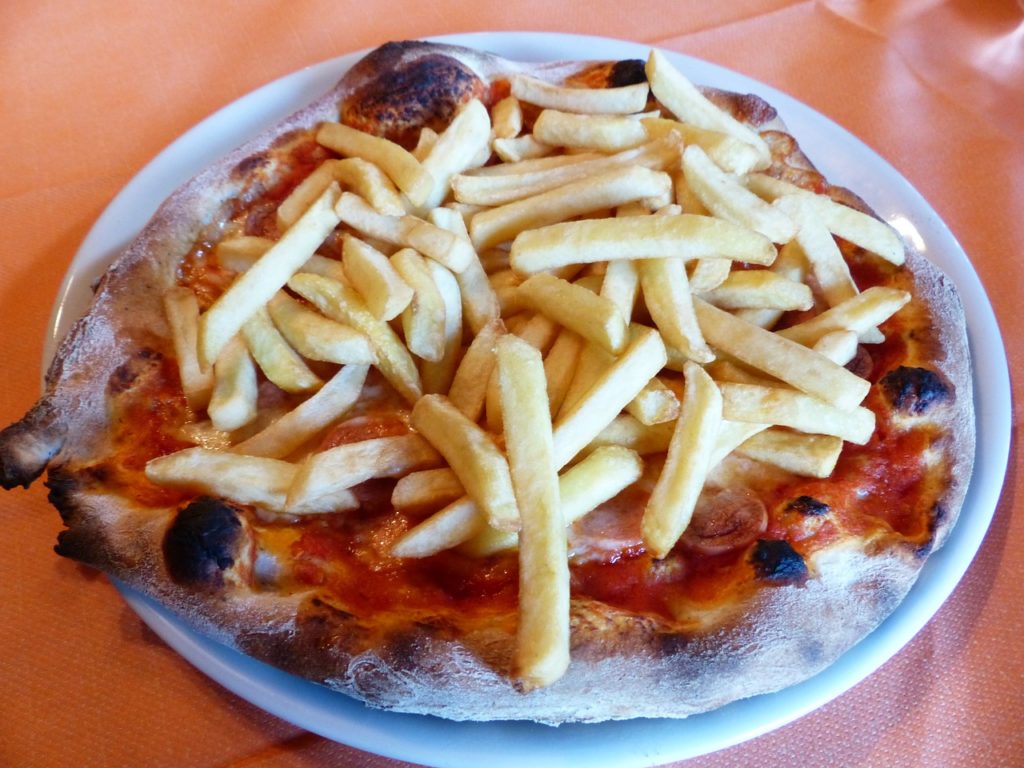What can and can not you eat if you have diabetes?
That is one of the most common questions that dietitians are asked. A good deal of people with diabetes struggles to figure out this. You do not need to give up what you love to eat. A blood glucose check before and after eating your meal is an excellent first step to understand how a particular meal or food impacts your blood glucose.
What foods should not you eat? There are certain foods which are best to restrict, and possibly for some folks, avoid altogether. The reasons to avoid/limit some foods or drinks are that:
• They can bring about diabetes-related complications like heart and kidney disorder.
• They can result in weight gain (or make it tough to drop weight).
• They can lead to spikes in your blood glucose.
Some problem foods can wreak havoc and therefore are best to keep away from.
What foods to avoid with diabetes
Eating certain foods while restricting others might help people with diabetes manage their glucose levels. A diet containing fruits, veggies, and healthy proteins may have significant benefits for individuals with diabetes. A healthcare professional like a physician or dietitian can work with individuals with diabetes to get the most helpful food choices that work for them.
White bread is a high-GI food, so limiting the amount diabetics consume is good. One way to handle diabetes with diet is to balance high- and – low-GI foods. High-GI foods can increase blood sugar more than low-GI foods. When picking high-GI foods, limit the parts and pair these foods with protein or healthy fat to decrease the effect on blood glucose and feel full for longer. Foods high on the GI scale to avoid include white rice, white pasta, white bread, puffed rice, white berries, pumpkin, popcorn, melons, and pineapple.
Individuals with diabetes may wish to limit certain foods. Let’s take a look at which foods to limit or balance in the diet.
– Fruit juice
Fruit juice is considered a healthy beverage, but its effects on blood glucose are just like sodas and other sugary drinks. This goes for unsweetened 100% fruit juice, in addition to types that contain added sugar. Sometimes, fruit juice is even higher in sugar and carbohydrates than soda. Like sugar-sweetened drinks, fruit juice is packed with fructose. Fructose drives insulin resistance, obesity, and cardiovascular disease.
– Sugary drinks
Most folks agree that soda provides few if any, health benefits. Nearly ten teaspoons of sugar lurk in a 12-ounce can of cola. But other beverages that might appear a little a bit more healthy are no better than soda. A good example is fruit juice. Sugar is often added to fruit juices. Drinks with a lot of sugar, such as energy drinks, some java, and shakes, can imbalance an individual’s insulin levels. Additionally, these drinks are packed with fructose, which is closely linked to insulin resistance and diabetes. Indeed, studies indicate that consuming sugar-sweetened beverages may increase the chance of diabetes-related ailments like fatty liver disease.
What is more, the high fructose levels in carbonated beverages may lead to metabolic alterations that encourage belly fat and possibly harmful cholesterol and triglyceride levels. To help control glucose levels and protect against disease risk, eat water, club soda, or unsweetened iced tea rather than sugary beverages.
Other drinks to avoid include:
• Sports and energy drinks
• Sweetened coffee drinks
• Coconut water
• Sweetened iced tea
• Chocolate milk
• Sweetened plant “milk” such as vanilla, almond, or soymilk
Sugary beverages can raise blood glucose, improve insulin resistance, cause weight gain, and increase triglyceride levels (blood fats).
– Flavored coffee beverages
Coffee has been associated with many health benefits, such as reduced diabetes. But, flavored coffee beverages should be regarded as a liquid dessert as opposed to a healthy beverage. Studies have proven that the brain doesn’t process liquid foods and solid foods similarly. When you consume calories, you do not compensate by eating less later, possibly resulting in weight gain. Flavored coffee drinks are also packed with carbohydrates. To keep your blood glucose under control and protect against weight gain, select plain espresso or coffee with a tablespoon of heavy cream or half-and-half.
– Alcohol
Drinking alcohol in moderation shouldn’t have serious risks for those who have diabetes and shouldn’t affect long-term sugar control. Individuals using insulin or insulin secretagogue therapies can have a higher chance of hypoglycemia linked to alcohol consumption. For men and women that have diabetes and those who don’t, the Centers for Disease Control and Prevention (CDC) urge up to one drink daily for women and up to two drinks daily for men.
– Fruit-flavored yogurt
Plain yogurt may be a fantastic option for those who have diabetes. But, fruit-flavored varieties are a very different story. Flavored yogurts are generally made from nonfat or low-fat milk and loaded with carbohydrates and sugar. Fruit-flavored yogurts are high in sugar, which may result in higher blood glucose and insulin levels. Plain, whole milk yogurt is a much better choice for diabetes management and general health.
– Processed carbohydrates
Grains and grain-foods which are refined – that is, they have had their bran and germ removed – are more likely than whole grains to affect glucose levels. Examples of foods with processed grains include:
• White bread
• White rice
• White pasta
• White flour
• Salty crackers
Refined carbs are more likely to result in blood sugar spikes. They are also missing many vitamins, fiber, minerals, and other nutrients that we require for heart health and general nutrition.
– Breaded and fried foods
It is sure hard to resist the smell of fried chicken or doughnuts fresh from the fryer. And, yes, they taste great too! That is because fat adds a good deal of flavor to foods. Fat adds a whole lot of calories, also. Insert a coating of breadcrumbs or other sorts of breading, which will soak up oil, which means even more calories.
All this fat can cause several problems, including high blood glucose hours afterward, weight reduction, and, based on the type of fat used in cooking, higher bad (LDL) cholesterol levels. There is also some concern that skillet contributes to creating toxic substances, which could lead to inflammation and a higher risk of certain diseases, like heart disease.
– High-sodium foods
We often crave salty foods. There can be psychological and health reasons for why people have a salt craving, but sodium makes food taste better. While all of us want some sodium in our diets, lots of folks get too much. Along a high sodium intake is linked with elevated blood pressure, cardiovascular disease, and stroke, in addition to potential bone loss.
In the US, the top sources of sodium in a diet are:
• Bread and rolls
• Pizza
• Sandwiches
• Burritos and tacos
• Cold cuts and cured meats
• Soup
Sodium adds flavor when used as a preservative, a color enhancer, and a texturizer. The majority of the sodium that we get is in fast foods and processed foods.
See: Gestational Diabetes Diet Plan for Vegetarians
– Saturated and trans fats
Artificial trans fats are really unhealthy. Unhealthful fats (saturated and trans fats) can make a person with diabetes feel worse. Many processed and fried foods, including chips, chips, and baked products, contain these kinds of fats. They’re created with the addition of hydrogen to unsaturated fatty acids to make them more secure. Trans fats are found in peanut butter, margarine, spreads, creamers, and frozen dinners. Moreover, food manufacturers often add them to crackers, muffins, and other baked products to help extend a product’s shelf life.
Although trans fats do not directly raise glucose levels, they have been connected to increased inflammation, insulin resistance, and belly fat, in addition to lower levels of HDL (good) cholesterol and diminished arterial function.
– White bread, rice, and pasta
White bread, rice, and pasta are high carbohydrate, processed foods. Eating bagels, bread, and other refined-flour foods have been shown to significantly increase glucose levels in diabetics. This response is not exclusive to products made with refined white flour. In one study, fermented pasta was also shown to boost blood glucose, with rice-based types having the best effect. These processed foods contain little fiber. Fiber can slow glucose absorption into the bloodstream.
In another study, substituting these low fiber foods with high fiber foods has significantly reduced glucose levels in people with diabetes. Higher fiber intake also enhanced gut microbiota, which may have contributed to enhanced insulin resistance. White bread, white pasta, and rice are high in carbohydrates yet low in fiber. This combination can lead to high glucose levels. Otherwise, choosing high quality, whole foods can decrease blood glucose response.
– Honey and maple syrup
People with diabetes often attempt to minimize their consumption of white sugar and snacks such as candy, cookies, and pie. However, other sugar types can also result in blood sugar spikes. These sugar types include brown sugar and “natural” sugars like honey, agave nectar, and maple syrup.
Even though these sweeteners are not highly processed, they contain at least as many carbohydrates like white sugar. In actuality, most contain even more. Your best plan is to avoid all types of sugar and use natural low carb sweeteners instead. Honey, maple syrup, agave nectar, and other sugars are not as processed as white table sugar, but they might have similar effects on blood glucose, insulin, and inflammatory markers.
– Dried fruit
Fruits are a superb source of several vital minerals and vitamins, including vitamin C and potassium. When fruit is dried, the water loss leads to higher concentrations of these nutrients. Its sugar content is more concentrated as well.
Raisins contain more than four times as carbohydrates as grapes do. Other kinds of dried fruit are likewise higher in carbohydrates than their new counterparts. In case you have diabetes, you do not need to give up fruit completely. It is OK to fit modest portions of dried fruit into your eating plan. Go for fresh fruit, which has more volume and, thus, is more filling. Dried fruits might include more than four times as many carbohydrates as fresh fruits do. Avoid dried fruit and select fruits low in sugar for optimal blood glucose control.
– Packaged snack foods
Packaged foods such as Pretzels, crackers, and others are not suitable for snack choices. The snacks provide few nutrients, are made with refined flour. They have loads of fast-digesting carbohydrates that raise blood sugar fast. Some of those foods may contain more carbohydrates than stated in their nutrition label. One study found that snack foods supply 7.7 percent more carbohydrates, normally than the label states. If you get hungry between meals, it is far better to eat nuts or a couple of low carb vegetables with an ounce of cheese.
– Sweetened breakfast cereals
Eating cereal can be among the worst ways to start your day when you have diabetes. Regardless of the health claims in their boxes, most cereals are highly processed and contain a lot more carbs than a lot of folks realize. They provide very little protein, a nutritional supplement that may help you feel full and satisfied while keeping your glucose levels stable throughout the day. Some “healthy” breakfast cereals are not good choices for anyone who has diabetes. Many breakfast bowls of cereal are high in carbohydrates but low in protein.
– French fries
French fries are food you might want to steer clear of, especially if you have diabetes. Potatoes themselves are comparatively high in carbohydrates. Once they have been peeled and fried in vegetable oil, potatoes may do more than spiking your blood sugar. Deep-frying foods have been demonstrated to generate considerable levels of toxic chemicals, such as advanced glycation end products (AGEs) and aldehydes. These chemicals may promote inflammation and increase the possibility of disease. In addition to being high in carbohydrates that raise glucose levels, french fries are fried in unhealthy oils, which may promote inflammation and increase the chance of cancer and cardiovascular disease.
What about gestational diabetes?
Individuals with gestational diabetes may work out a meal plan with their health professionals. A meal plan might involve counting the number of carbohydrates a person eats to be sure they are getting enough power and keeping their blood sugar in check. The National Institutes of Child Health & Human Development advise that individuals with gestational diabetes consume three medium-sized meals every day, with two to four bites in-between meals. Individuals with gestational diabetes will benefit from a balanced diet of fiber, vegetables, fruit, protein, healthy fats, and legumes, such as the foods listed above. Pregnant women with gestational diabetes can examine a diet program with their healthcare professional to make a meal plan that could help them, and their infants stay healthy and safe.
See: Barley and lentils vegetable soup for diabetic patients
Benefits of good diet for diabetes
There’s absolutely no one “diet” which will work for everybody who has diabetes. The American Diabetes Association says that a healthful eating plan includes:
• Fruits and vegetables
• Lean meats and plant-based sources of protein
• Less additional sugar
• Less processed foods
Eating a healthy, balanced diet will help people with diabetes manage their condition and prevent complications by:
controlling their blood glucose levels
lowering inflammation
increasing antioxidant action
reducing the risk of kidney disease
lowering the risk of heart disease
Summary
Knowing the foods to avoid when you have diabetes can appear challenging. Some guidelines can make it simpler. Your most important goals should include staying away from unhealthy fats, liquid sugars, processed grains, and other foods that contain refined carbohydrates. Avoiding foods that raise your glucose levels and induce insulin resistance can help you to stay healthy and lower your risk of future diabetes complications.







